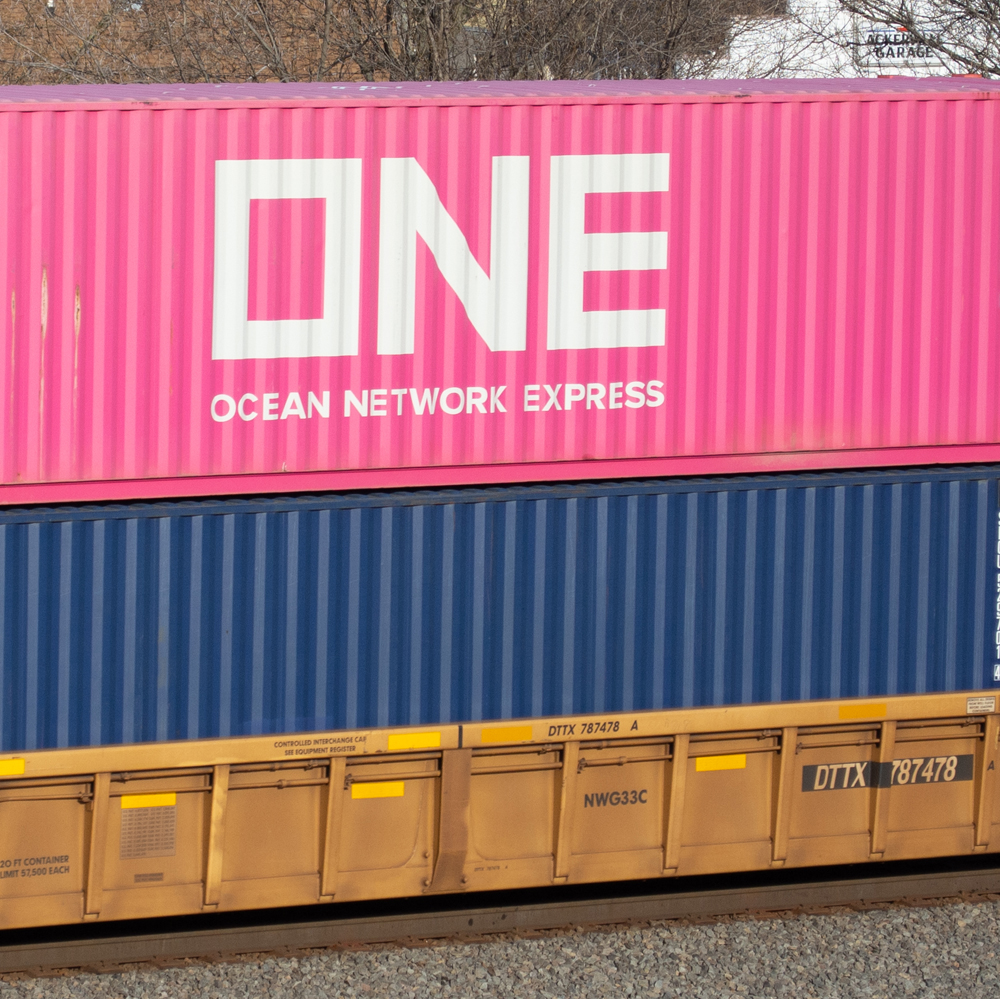
Q: I’ve noticed 53-foot intermodal containers on top of what I believe are 40-foot containers. What I’m not sure about is whether the smaller container is in a 40-foot well car or a 53-foot car? — David Bellamy A: The 40-foot intermodal container in the bottom position can be in a 40- or 53-foot well […]
Read More…
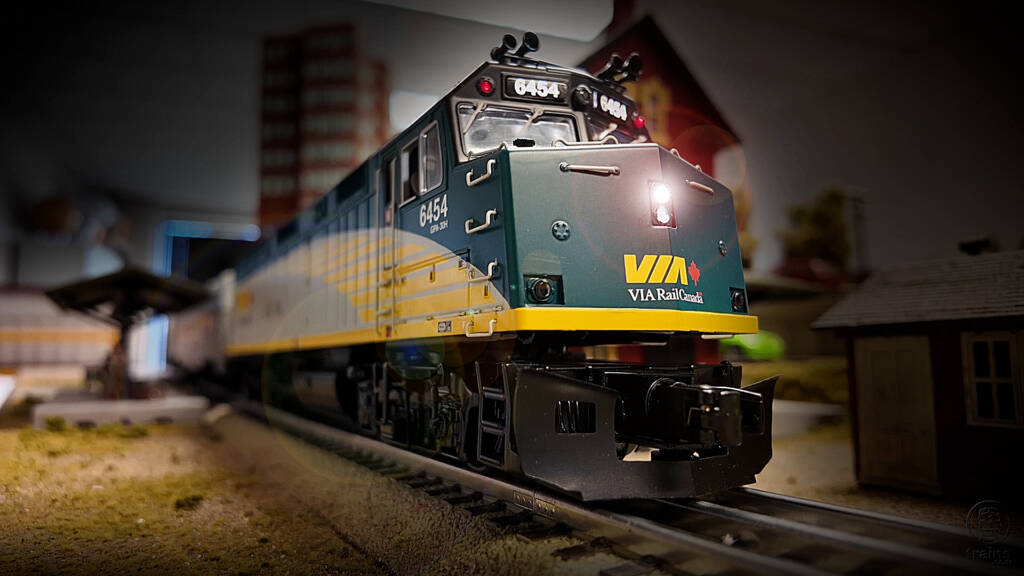
Watch a video of the Atlas O Premier custom-run VIA Rail F40PH-2 locomotive, as offered by Mr. Muffin’s Trains. This locomotive packs in a lot of detail and features like Proto-Sound 3.0 and O-36 operation. Read the product review of this engine from Contributing Editor Bob Keller. […]
Read More…

Watch a video of the Atlas O Premier custom-run VIA Rail F40PH-2 locomotive, as offered by Mr. Muffin’s Trains. This locomotive packs in a lot of detail and features like Proto-Sound 3.0 and O-36 operation. Read the product review of this engine from Contributing Editor Bob Keller. […]
Read More…
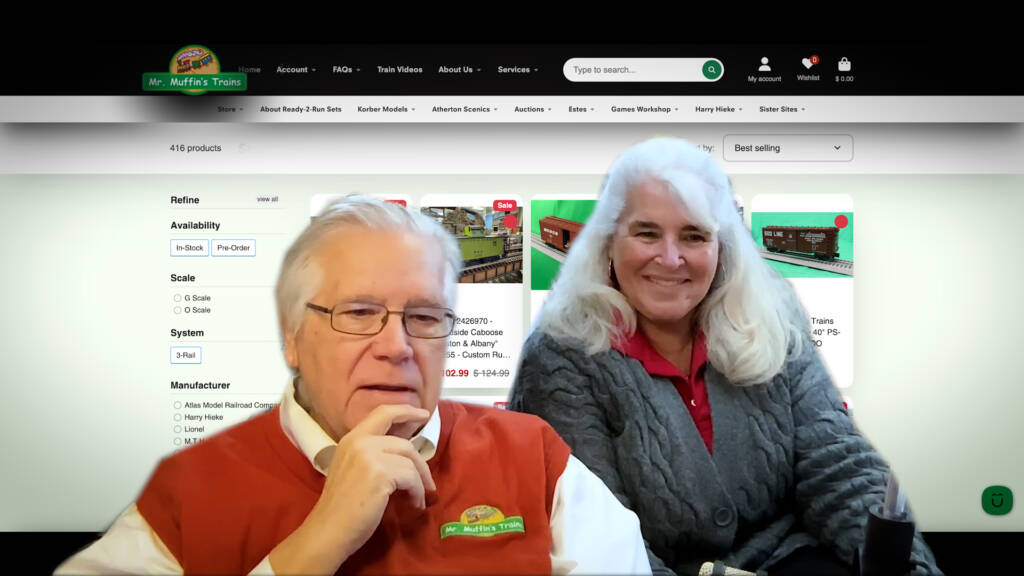
Trains.com staff writer Lucas Iverson chats with Stephen and Liz Nelson, owners/operators of Mr. Muffin’s Trains in Atlanta, Ind. Throughout this remote-video interview, you’ll glean behind-the-scenes insights into the past, present, and future of the growing online operation with an intriguing brick-and-mortar location too! You can also read the transcript of this insightful interview with […]
Read More…
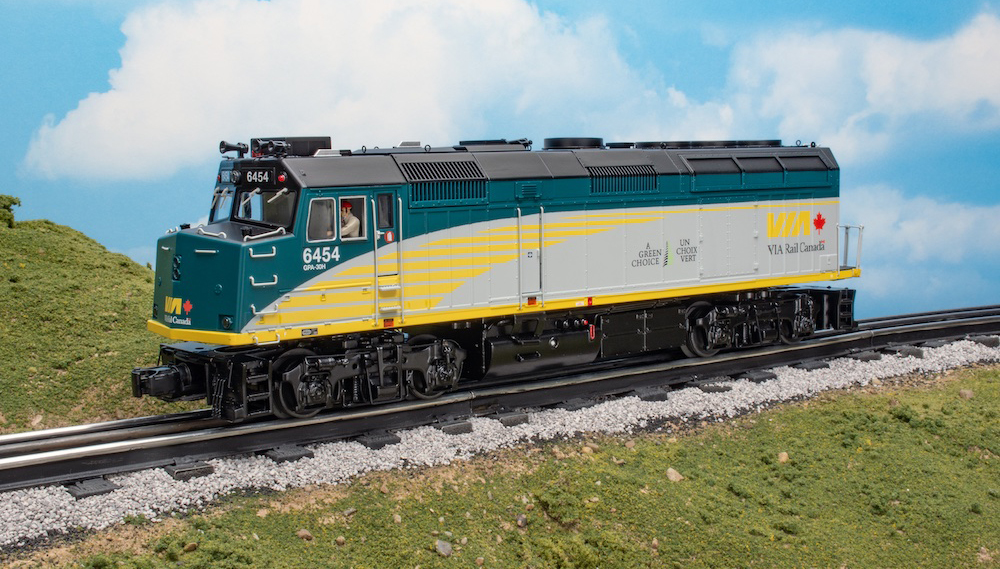
It is a crazy and wonderful O gauge market where a hobby shop can have Atlas O make a custom-run of an MTH locomotive in a contemporary Canadian livery! Well done to all involved in making this happen! Interesting origins After American railroads gave up on passenger traffic and a national passenger network run by […]
Read More…
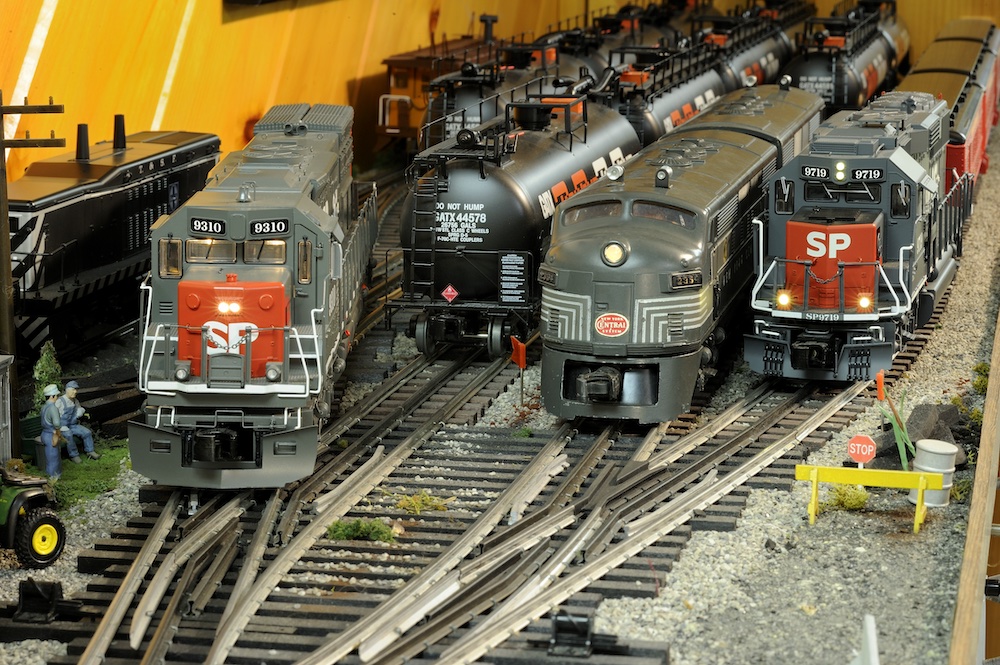
Adding details that make a scene more interesting or increase operating potential can take your layout to a whole new leave of realism. Try one (or all) of the ideas listed below! Share your photos with us at editor@classictoytrains.com. Detail track and add lineside details Adding details to the right-of-way is an easy way to […]
Read More…
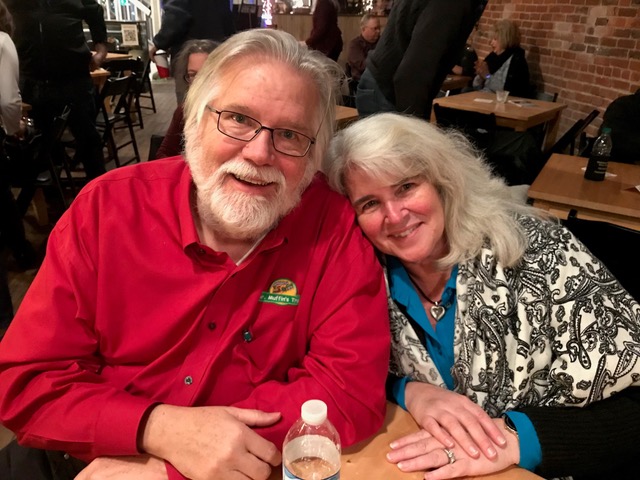
Mr. Muffin’s Trains of Atlanta, Ind., is a family-owned business that literally takes a family to keep the retail company going and growing — both in-store and online. Stephen and Liz Nelson (Mr. and Mrs. Muffins themselves) give us the scoop in this Q&A interview with Trains.com Staff Writer Lucas Iverson. Watch the insightful video […]
Read More…
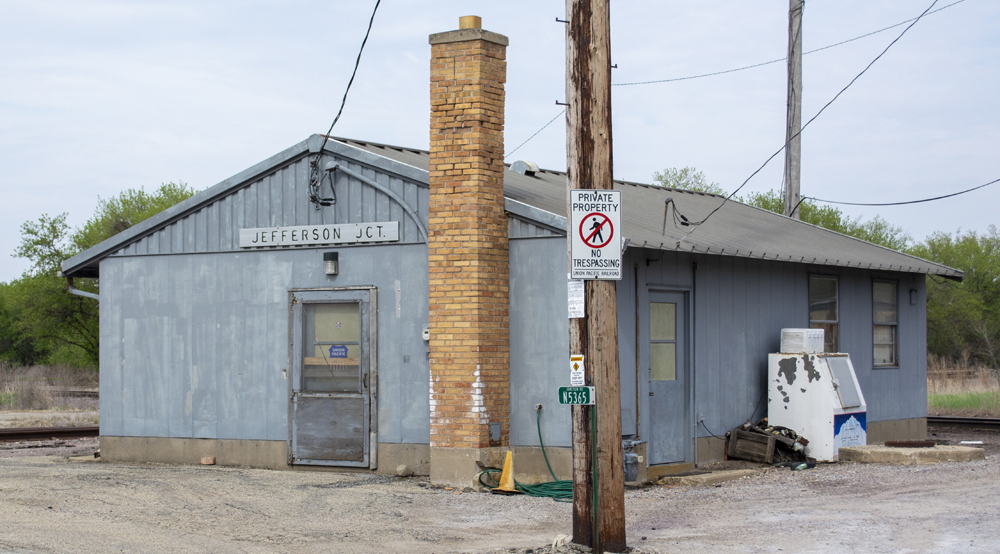
Q: I’m working on adding lineside details to my freelance model railroad. I’d like to add station signs to help my operators identify various locations on the layout. Though I’m not modeling a specific prototype, I want the signs to look realistic. Where can I find information on prototype station signs? — Bobby T. A: […]
Read More…

Locomotives, regardless of scale, have always been at the forefront of technological advancements in model railroading. Over the past decade, this trend has accelerated: bringing in innovative features and enhancements that redefine the hobby. Whether they’re seen as trailblazers for the future or as models featuring nothing but “all the bells and whistles,” let’s explore […]
Read More…
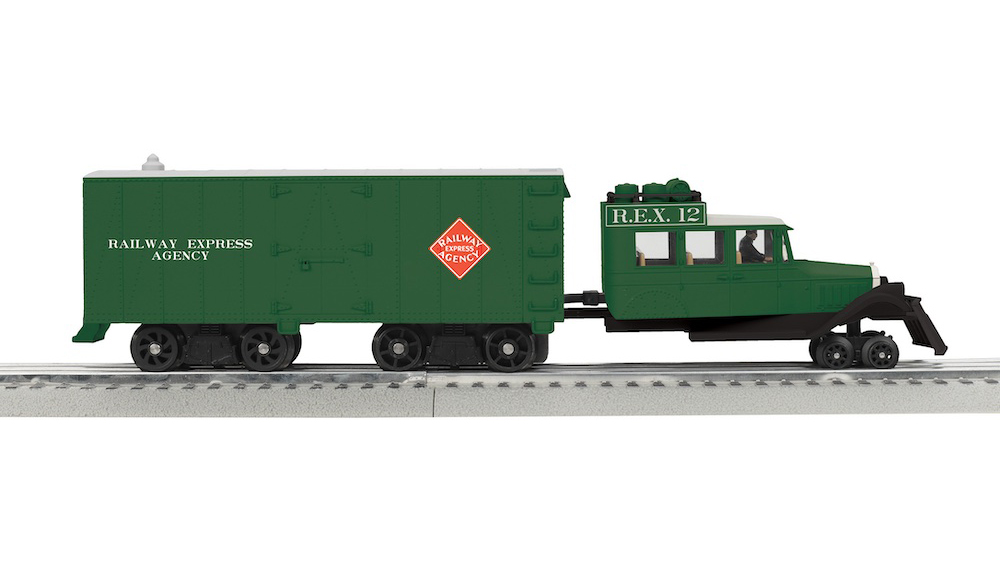
Locomotives & rolling stock E-Z Catch, 5 Tysen St., Staten Island, NY 10301, is selling a custom-run MTH Alco RS1 locomotive as part of the RailKing line (30-21283). The engine features Proto-Sound 3.0 and O-31 operation. Expected delivery in April 2025. Price: $409.85. Website: e-zcatch.com Metropolitan Division of the TCA (METCA) offers a custom-run MTH […]
Read More…
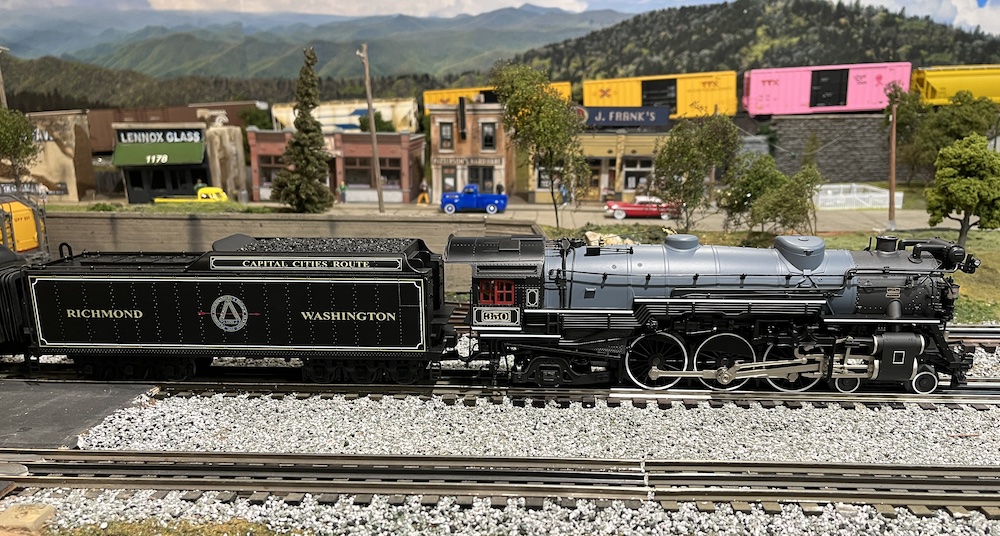
The F19 Pacific-type was distinctive for its air pumps lining the front of the smokebox. These steam locomotives were developed by the Chesapeake & Ohio Railway, and famously pulled the George Washington between Cincinnati and Washington D.C. One feature that made the train a stand out was the Pullman heavyweights that featured the route’s name […]
Read More…
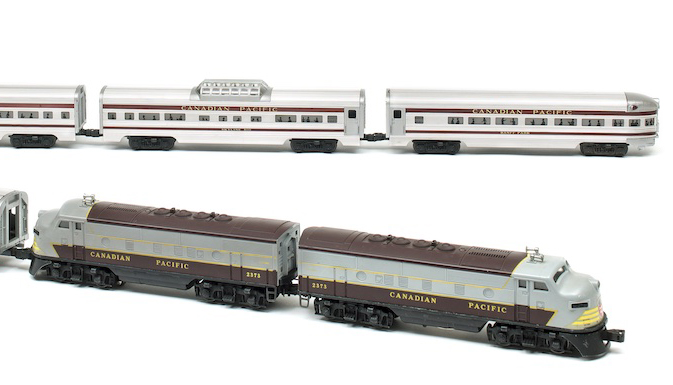
As the postwar era began for Lionel, concern for a more colorful, more highly decorative product was paramount, so Lionel examined different processes for decorating their trains. The tried and true methods (heat stamping and rubber stamping) were used to great success, but both had limitations. With heat stamping, a fairly flat surface was needed, […]
Read More…











